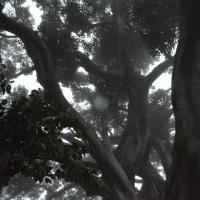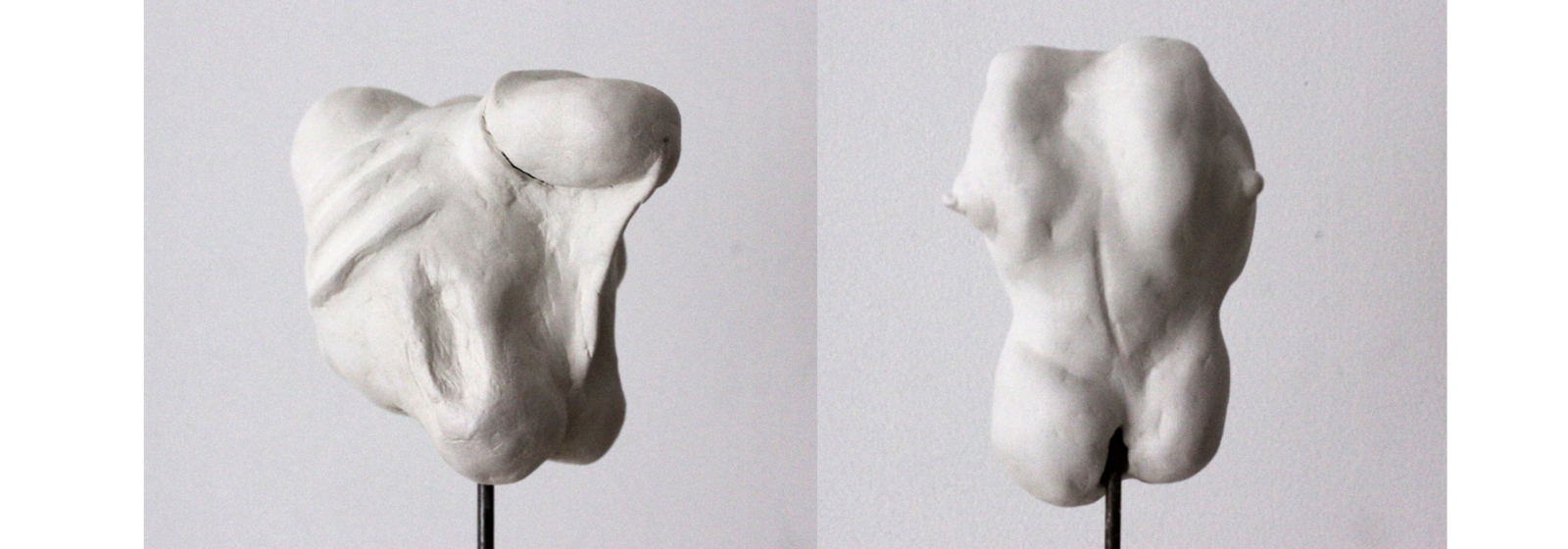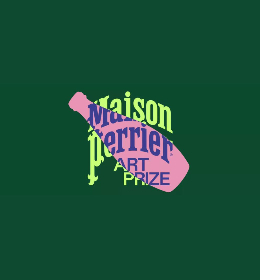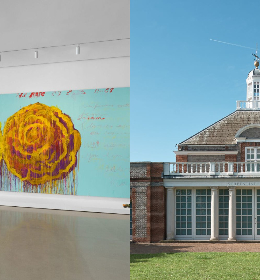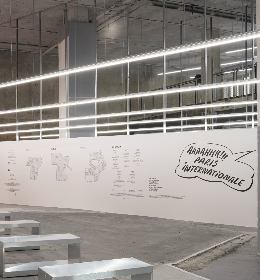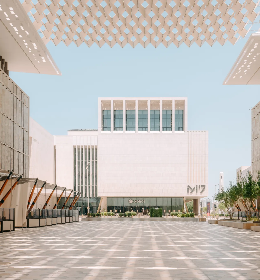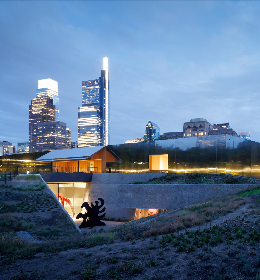Many artists and curators are finding the crucial time to focus on their practice during this pandemic. The cultural sector has been hit hard with a multitude of shows canceled, while organizations are scrambling to obtain funds to translate work into online presentations with different forms of accessibility for a variety of online audience members. Val had to manage a hasty new version of the exhibition he was curating for Fringe Arts Bath, in the UK, because of the lockdown. Val expounds on this situation: “I was curating ‘Outside the Form’. It was quite a jigsaw because it was never thought to be presented online, in a virtual space and therefore none of the selected artworks were appropriate for this type of exhibition. Moreover, there were not many such proposals on the open call for artists that would allow me to conceive a new exhibition; in other words, I didn’t have enough material to do a real virtual exhibition.”
This conundrum did not stop Val from finding a creative solution and working through the challenges of this unique stumbling block that we are dealing with globally. There is a kind of irony in the title of the planned exhibition, 'Outside the Form', which is duly noted. Along with the team of Fringe Arts Bath, they decided to both postpone the overall festival and to create a kind of preview online, an elegant solution to what must have been a harrowing mess of managing the return of artworks, rental space agreements, and insurances that would have been part of the behind the scenes planning.
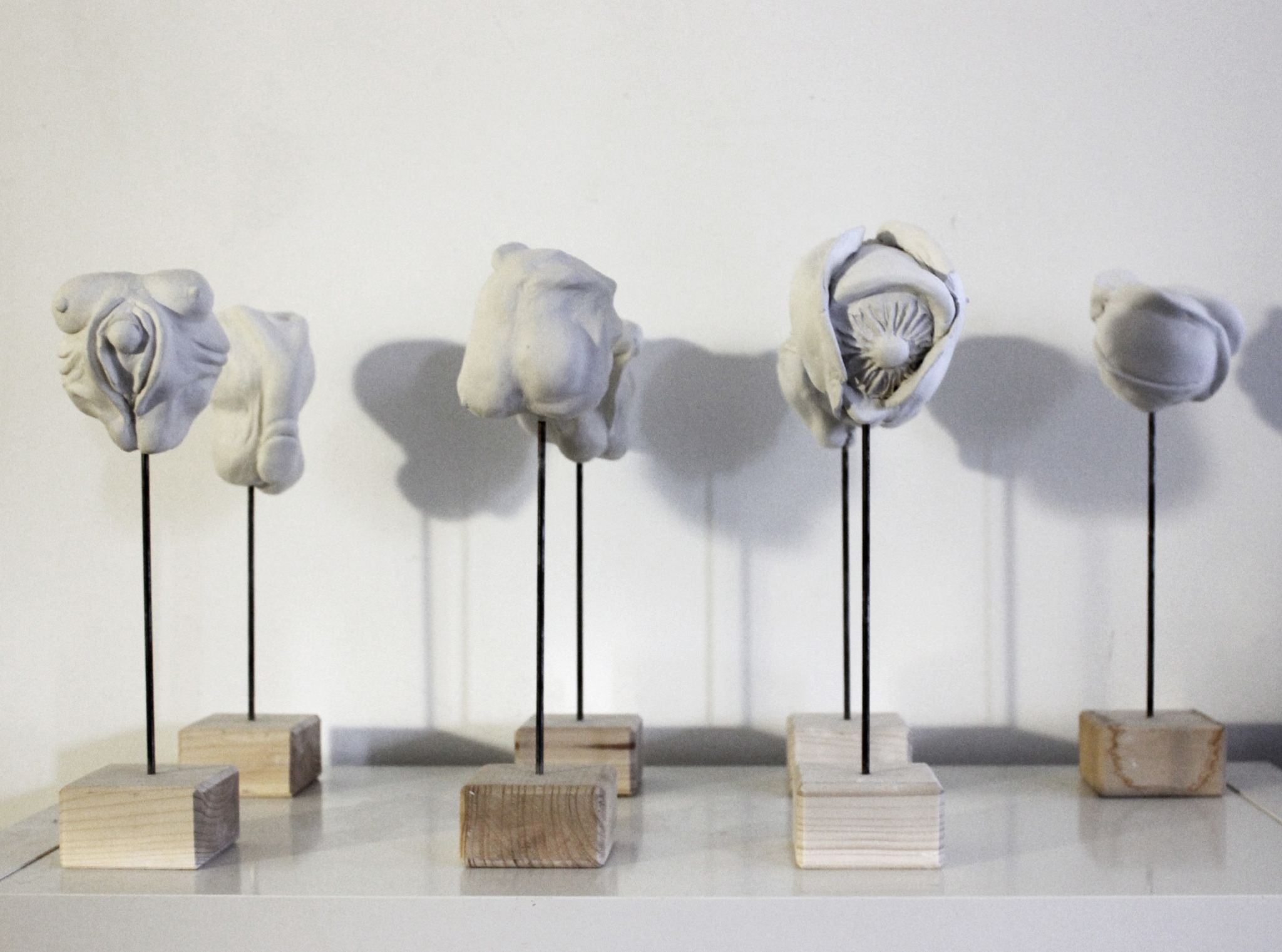
Anthoniy Val, several sculptures from the Amalgamatēs series, experimentation on amalgam as interweaving of figures
“I made a webpage where the exhibition was conceived as a patchwork: a large two-dimensional page that the spectator can examine by scrolling in all four directions, and where each artwork is represented by a card; by clicking on a card, a new window pops with images of the artwork – or a video for video-art works –, its description and a short biography of the artist.”
He reiterates in his email response that, “Once again, it was never the main idea since none of the artworks that make ‘Outside the Form’ are conceived to be presented virtually. These artworks are all related to the actual and tangible reality and it is where they should be shown.”
In the midst of all this, Val continued to apply for opportunities including the curation of an exhibition at BIENALSUR, which is scheduled to take place in 2021. Val’s integration of algorithms into the process made a contemporary proposal in line with global trends and iterating the creative possibilities of agency applied to algorithms. He uses parody to draw one closer in analysing its intention; the title, ‘The Divine Anomaly’, is reminiscent of Dante’s Divine Comedy, which also references pandemic times of the past.
He expounds on the concept: “The Divine Anomaly aims to inquire into emerging aesthetic formation based on computer algorithms, machine learning and artificial intelligence (AI), and more specifically the aesthetics of their falls, of what is considered as an error. As a helpless accident, the algorithms’ error could only bring forward its essence, but also could reveal itself as extraordinary, thus an anomaly which has its own potential of emergence and of creation. To be such an anomaly, the algorithms’ error should reveal itself as a detail, strongly insistent within the ‘great unity’, becoming therefore a factor of its disorder and disequilibrium.” Indeed he highlights the element of chance, failure, and the possibilities that these errors provide for something more than expected — a hyper or augmentation of our reality.
His selection of artists and their works take this to a heightened sense. He says, “The artworks that are included highlight such ‘anomal details’ in the idealistic representation of the human body… in its ideal nay divine beauty. ‘The Divine Anomaly’ addresses new conditions that emerge from the entanglement of the physical – cultural art heritage for some, the human body and living organisms for others – and the virtual – 3D scanning, AI, etc.”
I asked Val about the overlap between his curatorial and artistic research and how these interrelate. “For me, this approach is pretty close to what a curator does. To develop a curatorial project is like writing where the exhibition is the sentence and each artwork is a word. That being said, all my curatorial projects are related to my doctoral research, and thus, to my artistic projects. Just the message, the intention, is formulated in different ways.”
I wondered what his thoughts were about being an artist-curator and how this hybrid position has appeared. “I think the phenomenon of artist-curator is in a way related to the new paradigm in art, and especially in what we call summarily digital arts (the adjective ‘digital’ being way too general but also implying the digit, thus the touch; I am trying to avoid this designation). Artists are no longer creating completed objects, which implies to give form and shape to a matter. With the advent of interactive art or event generative art, the artwork is no longer an object but rather a system; a system in which the artwork is evolving either by the action of the spectator or by algorithmic processes. The end, the final form of the artwork escapes the authority of the artist.”
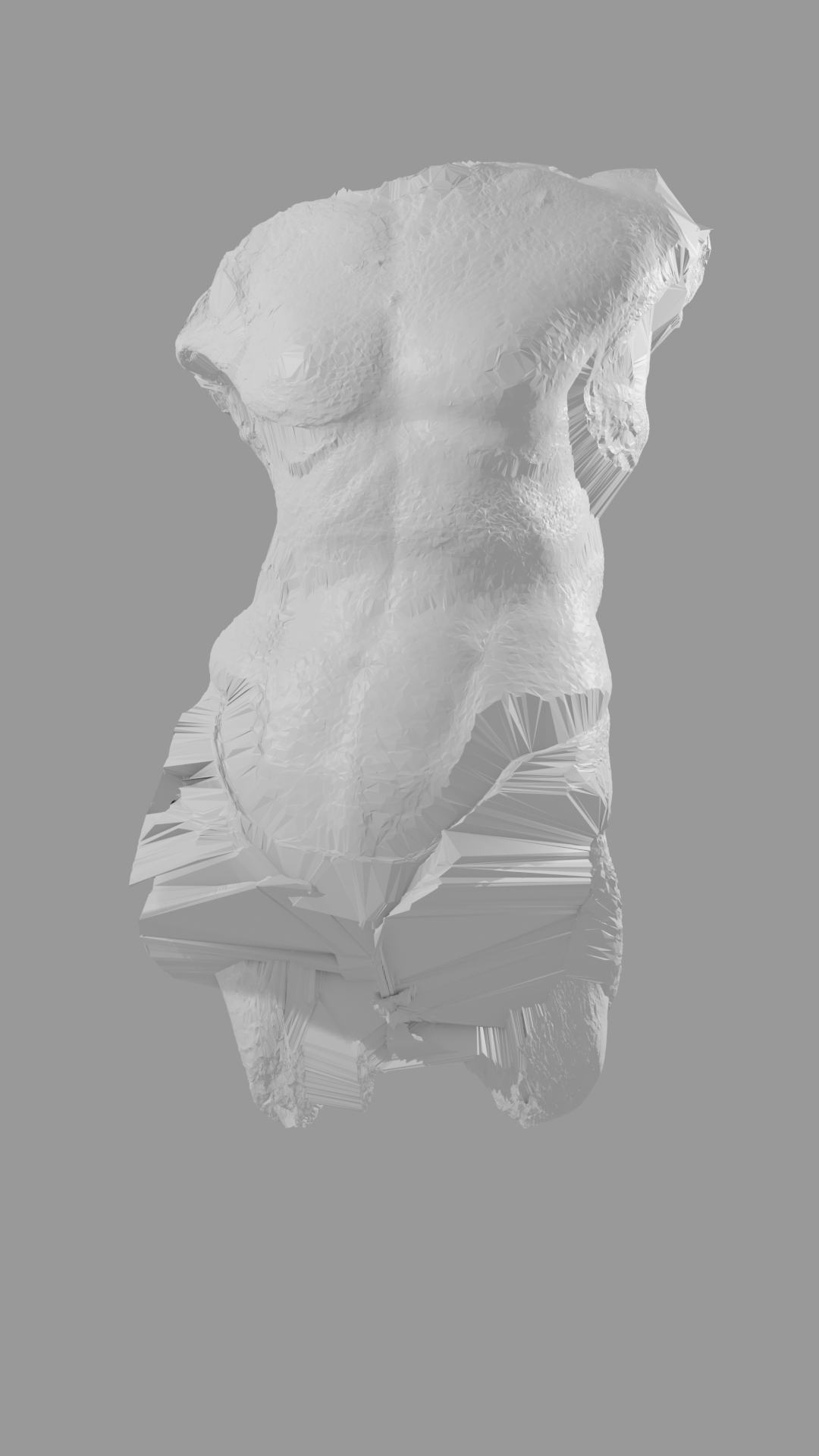
Anthoniy Val, experimentation on Icones Monstrueuses, sculptures generated by machine-learning algorithm from a library of 3D scanned antique artifacts
He brings this idea into focus through his reference to history and the advent of the artist-curator as a social position/perspective. Val writes, “To be both artist and curator is a pretty recent phenomenon. Traditionally, curators have a background in Art History or Aesthetics. The former would have rather a historical or a stylistic approach to artworks, while the latter would be more focused on sensory-emotional values. As for the artist, he is mostly confronted with matter and process of creation; these preoccupations would conduct his approach as a curator.”
These concepts lead into the way he approaches his personal work which integrates fluidly into his curatorial proposals, “As you mention it, currently, as an artist, I am working with deep learning algorithms in order to create sculptures. Doing so, I am only able to control, even to pervert – the perversion being the act of changing the initial function of something –, these algorithms by the forms and the shapes I am giving them as input; in other words, the library of models the algorithms should ‘learn’ from.”
In some way he is schooling the algorithms, creating thinking machines as society has attempted to curate students in society through established canons. He expounds on this: “I am not creating the sculpture, the algorithm is. However, I am creating or, at least, operating the process of the creation of the sculpture. By the way, this is the main issue of ‘The Divine Anomaly’, the curatorial project with which I am running for the next BIENALSUR.”
Val’s personal work directly relates to this conglomerative relationship between forms, an amalgam of sexual parts where shapes are gendered and nongendered, as flowers, humans, disembodied and re-embodied, becoming a predictive schematic of future life combinations beyond the matrix of contemporary visions and limitations. One narrates the divine through the repositioning and experimentation of how they might connect. They are as orchids in space, beautiful, menacing, penetrative and receptive.

Anthoniy Val, In Vitro, digital installation



